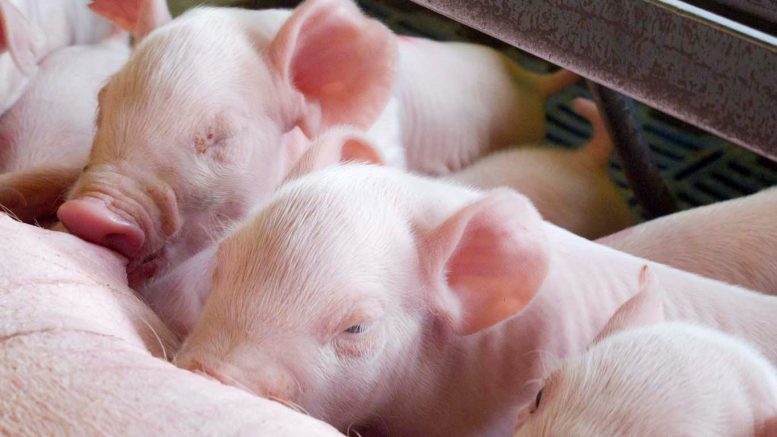“Multiplier Granges multiply what is improved in the Core Granges, so that the genetically enhanced material reaches a wider market faster.”

Beate von Staa, pig farmer and owner of Topgen
Beate von Staa is a pig farmer and owner of Topgen, a Brazilian company specialized in swine genetics. Located in the city of Jaguariaíva, in the Campos Gerais region of Paraná State, Topgen promotes genetic improvement in the Large White and Landrace breeds.
AgriBrasilis – What are the differences between the types of swine granges (Multipliers, Core and Commercial) and what role do they play in the production chain?
Beate Staa – Speaking broadly, today there are three main types of granges in the production chain: Core Granges, where genetic improvement is carried out; Multiplier Granges, which multiply what is produced in the Core Granges; and Commercial Granges, which are supplied by the Multipliers and produce animals for slaughter.
In the true meaning of the word, Multiplier Granges multiply what is improved in the Core Granges, so that the genetically enhanced materials reach a wider market more quickly. This specialization occurs because the market works with crossbreeds, but genetic improvement occurs only in pure breeds.
On the Multiplier Granges, crossbreeding is usually made with the lineages that come from the Core Granges. The types of crossbreeding depend on the objective that is sought on the Commercial Granges and the genetic company’s policy.
AgriBrasilis – How is the improvement of pig breeds accomplished? What characteristics are sought in these animals?
Beate Staa – The improvement for sows (female pigs used for reproduction) is based on the search for greater indicators of good sows, that is, good mothers. The main characteristics sought are: quantity and viability of the piglets born, number of viable teats, milk production, conformation of the locomotor apparatus and hoof. The improvement of these characteristics is introduced mainly through the sows.
Improvement for traits such as growth speed and feed conversion (kg feed needed for each kg live weight) is introduced mainly through the males. This creates the specialization that in the industry vocabulary is called “male lines” and “female lines”. High feed conversion and uniformity should first of all be part of the breeding program’s targets.
Genomic Selection is a tool through which the “best” animals are more accurately selected, since it works with the genetic markers of certain desired or undesired characteristics.
AgriBrasilis – What is the importance of the Artificial Insemination Center and the Pure Lineage Bank, located on Topgen’s grange?
Beate Staa – Topgen’s central insemination facility is where we keep the males that will be the semen donors used to breed the animals that will be selected. It is at the central facility that we also introduce semen imported from Switzerland into our herd. For the improvement and selection, it is necessary to have a large number of males to avoid inbreeding.

READ MORE:

